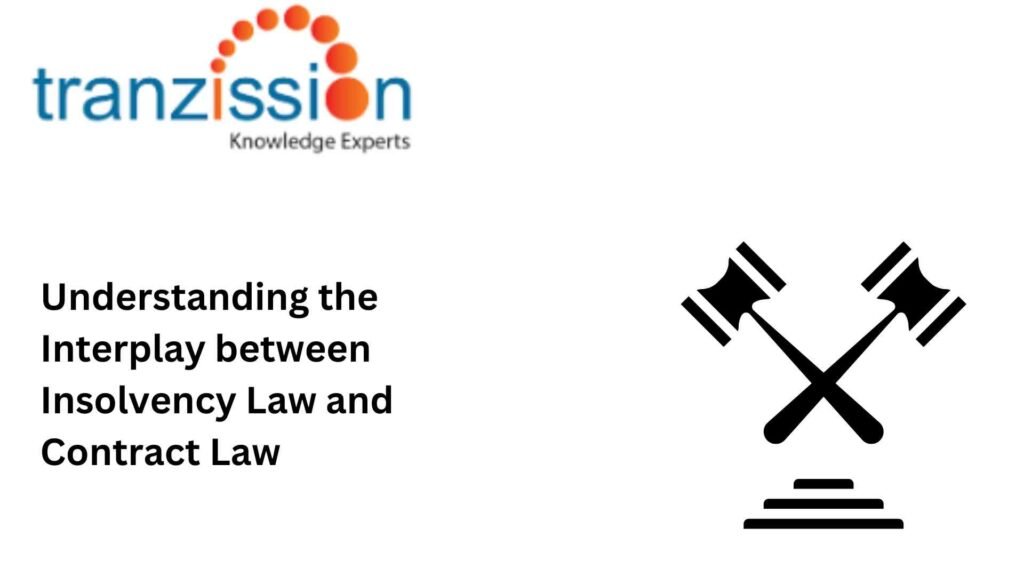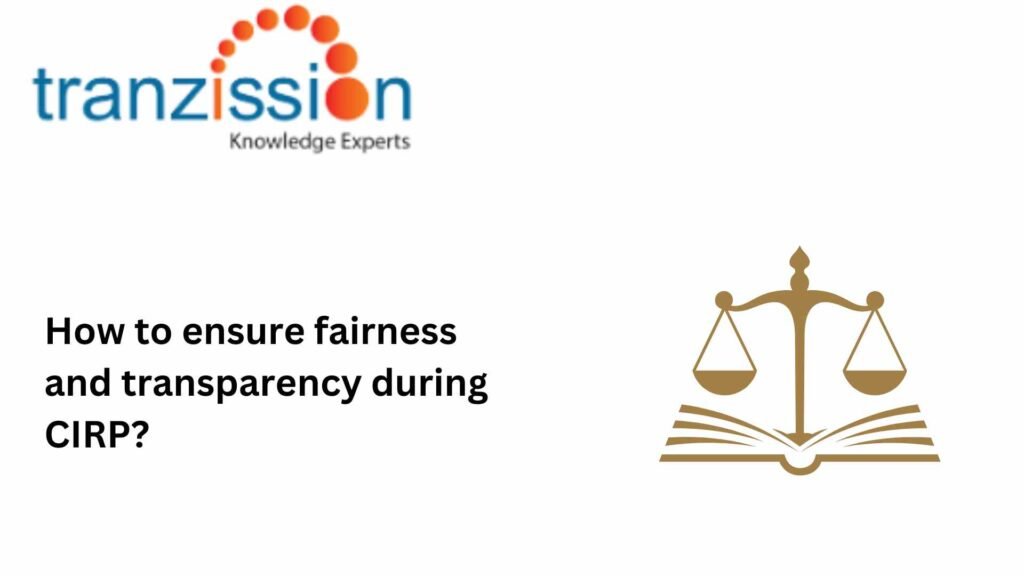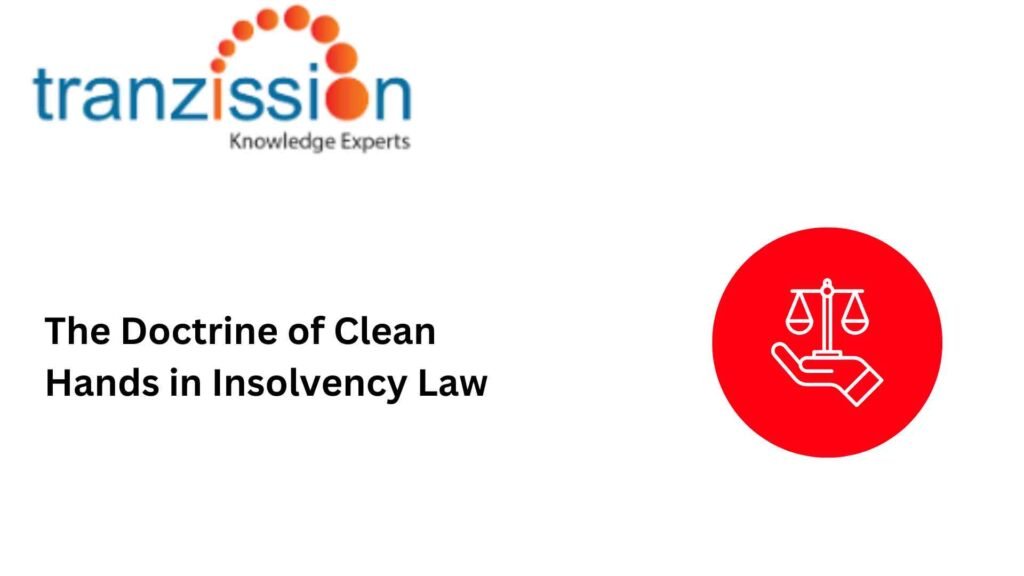Companies face financial distress because of several factors, such as economic downturns, poor budgeting, poor cash flow management, and legal disputes. The United States involves a concept where distressed companies can secure the necessary funds to continue their business operations during the bankruptcy process, known as DIP Financing in Insolvency. This article delves into this […]
Author: Atishay Jain
Cross-Border Insolvency Challenges
Companies operate across multiple companies, with assets and stakeholders in countries other than India. When these companies face financial issues they are forced to present their better before national and international laws. Therefore, their Cross-Border Insolvency Challenges operations become complex regarding the jurisdiction, how to handle the stakeholders properly, and other financial and legal intricacies. […]
Pre-Pack Insolvency for MSMEs
The pandemic highlighted the need for a specialised insolvency mechanism to support financially distressed micro, small, and medium enterprises (MSMEs). On 4 April 2021, the government promulgated the Insolvency and Bankruptcy Code (Amendment) Ordinance, 2021, to introduce a Pre-Pack Insolvency for MSMEs (PPIRP)facing financial issues because of the pandemic. Understanding Pre-Pack Insolvency for MSMEs The […]
Key Challenges in CIRP for Infrastructure Sectors
The issue of economic downturns that impact the financial situation of different industries, such as construction companies, cannot be ignored due to their contribution to the overall economy in India. Their delayed payments severely affect the cash flow disruptions, particularly in large corporations. The current insolvency framework in India may not address the distinctive obstacles […]
Role of the CoC in CIRP Sector-Specific Insolvency Cases
Sector-specific insolvency cases are needed to address the unique characteristics of different industries, aspects that the Insolvency and Bankruptcy Code, 2016 (IBC) may not address. The Committee of Creditors’ (CoC) decision is crucial in forming the resolution plans that either revive the corporate debtor is liquidate them. Thereby, the CoC in CIRP decisions on sector-specific […]
The Doctrine of Piercing the Corporate Veil in Insolvency Cases
A company has a juristic existence that is independent of its shareholder, known as the figurative ‘Corporate Veil in Insolvency’. The members are protected against obligations resulting from the company’s acts. In a series of judgments, courts have taken a consistent view that the Corporate Veil in Insolvencyof a company should be respected as the […]
Understanding the Interplay between Insolvency Law and Contract Law
When a party to a contract becomes insolvent, it significantly impacts their ability to fulfill their contractual obligations potentially leading to disputes over contract performance, termination rights, and the overall legal framework of the agreement. It creates a complex situation where the solvent party may face uncertainty regarding their contractual rights and potential losses due […]
Impact of Section 31 of IBC on Stakeholders Obligations
The Adjudicating Authority approves the resolution plan submitted by the Committee of Creditors, if it meets the requirements of the Insolvency and Bankruptcy Code, 2016 (IBC). Once approved, the resolution plan becomes legally binding on all parties associated with the corporate debtor. Section 31 of IBC affects not only the corporate debtor’s creditors, but also […]
How to ensure fairness and transparency during CIRP?
The Insolvency and Bankruptcy Code, 2016 (IBC) establishes a time-bound process that ensures fairness and transparency during CIRP in the insolvency process. It is the responsibility of insolvency professionals and the Adjudicating Authorities to ensure fairness and transparency during the corporate insolvency resolution process (CIRP) in the IBC. This allows for a level playing field […]
The Doctrine of Clean Hands in Insolvency Law
Insolvency law is significantly impacted by the parties involved in the insolvency proceedings. Unfortunately, certain stakeholders may misuse the insolvency framework to benefit themselves. To prevent the abuse of insolvency law there is the doctrine of Clean Hands in Insolvency Law. By applying this doctrine, courts can prevent individuals from using insolvency laws to gain […]









